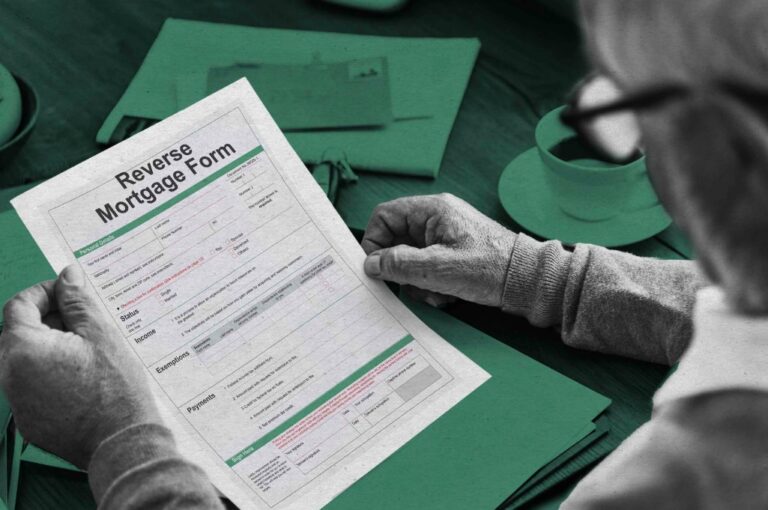Short-term disability insurance is a critical tool for individuals who find themselves unable to work due to illness, injury, or childbirth. Understanding the time it takes to receive benefits and how to streamline the process is vital.
This article delves into the intricacies of short-term disability, providing insights and tips to ensure a smooth and efficient experience.
Understanding Short-Term Disability Insurance

Short-term disability (STD) insurance is designed to provide financial support to individuals who temporarily cannot work because of a disability.
Typically, it covers a portion of the employee’s salary and is available through employers, private insurers, or as part of government programs. The duration of coverage usually ranges from a few weeks to a year, depending on the policy.
Factors Influencing Processing Time
Several factors influence the time it takes to start receiving short-term disability benefits. These include the specific policy’s waiting period, the nature of the disability, the completeness of the application, and the efficiency of the insurance provider.
A waiting or elimination period is common, which is a set amount of time that must pass before benefits begin.
Application Process
Applying for short-term disability involves a systematic approach. The initial step is to promptly inform your employer or insurance provider as soon as you recognize the need to file a claim. This timely action is crucial for a smooth process.
The application itself typically calls for a range of essential information. You’ll need to provide personal details, including your full name, address, and possibly your employment history. Additionally, specific information about your disability is required. This could encompass the nature of your disability, the date of onset, and how it impacts your ability to work.
Medical documentation is a pivotal component of the application. This includes records and notes from your healthcare provider detailing your condition.
These documents should clearly illustrate the extent of your disability and the anticipated time needed for recovery. In certain instances, your insurer may also request an independent medical examination to verify the details of your claim.
For more comprehensive guidance and resources on navigating the application process for short-term disability, you can visit injured.ca. This website offers valuable insights and tips to assist you in successfully managing your claim and understanding your rights and obligations under your specific disability policy.
Medical Documentation
Medical documentation is a cornerstone of the application process. This includes a detailed report from your healthcare provider outlining the disability, its severity, the expected duration of recovery, and how it impedes your ability to work. Accurate and thorough medical records can significantly expedite the approval process.
Tips for a Smooth Application Process

To ensure a smooth process, be proactive and meticulous. Submit all required documentation promptly, keep detailed records of all communications with the insurer, and understand your policy’s specifics. Regularly follow up with the insurance provider to check the status of your application and promptly respond to any additional requests for information.
Common Challenges and Solutions
Applicants may face challenges such as delays in processing, requests for additional information, or even denial of the claim. To address these, maintain open communication with your healthcare provider and insurer, be thorough in providing all necessary information, and understand your right to appeal if the claim is denied.
Navigating the Waiting Period
The waiting or elimination period in short-term disability policies is a critical phase. It’s the time from the onset of disability to the start of benefit payments. Understanding how this period works and planning financially for this gap in income is crucial.
Some policies might have a waiting period of a few days, while others may extend to several weeks. During this time, it’s advisable to explore other financial support options like savings or emergency funds.
Effective Communication with Employers
Communication with your employer plays a significant role in the short-term disability process. Keep them informed about your situation, expected duration of absence, and any updates on your health status.
Employers can also assist in the claim process by providing necessary employment and salary information to the insurance provider.
Understanding Policy Specifics

Every short-term disability policy has unique features. These can include the percentage of salary paid, maximum benefit duration, and specific exclusions or conditions.
Familiarize yourself with these details to set realistic expectations regarding the benefits you will receive and the duration of those benefits.
Handling Delays and Denials
Delays and denials can be frustrating but are not uncommon in the short-term disability claims process. If your claim is delayed, ensure all documentation has been submitted and follow up regularly. In cases of denial, review the reason carefully.
You have the right to appeal the decision, but it’s crucial to understand the basis for the denial and address it appropriately in your appeal.
Post-Approval: Managing Your Benefits
Once your claim is approved, managing your benefits effectively is important. This includes understanding how long the benefits will last, how they might be taxed, and any obligations you have to report changes in your health status.
Additionally, plan for the transition back to work, including any accommodations you might need to resume your job.
Returning to Work After Disability
Returning to work after a period of disability can be challenging. Work with your healthcare provider and employer to determine the right time and any necessary adjustments to your work environment or responsibilities.
Some policies include provisions for a gradual return to work, which can be an excellent way to ease back into your job responsibilities while still receiving partial benefits.
End Note

In summary, navigating the short-term disability process requires understanding your policy, effective communication, and proactive management of your claim. By staying informed and engaged throughout the process, you can ensure a smoother experience and focus on your health and recovery.
Remember, the goal of short-term disability insurance is to provide financial stability during a challenging time, allowing you to return to work with confidence and security.







